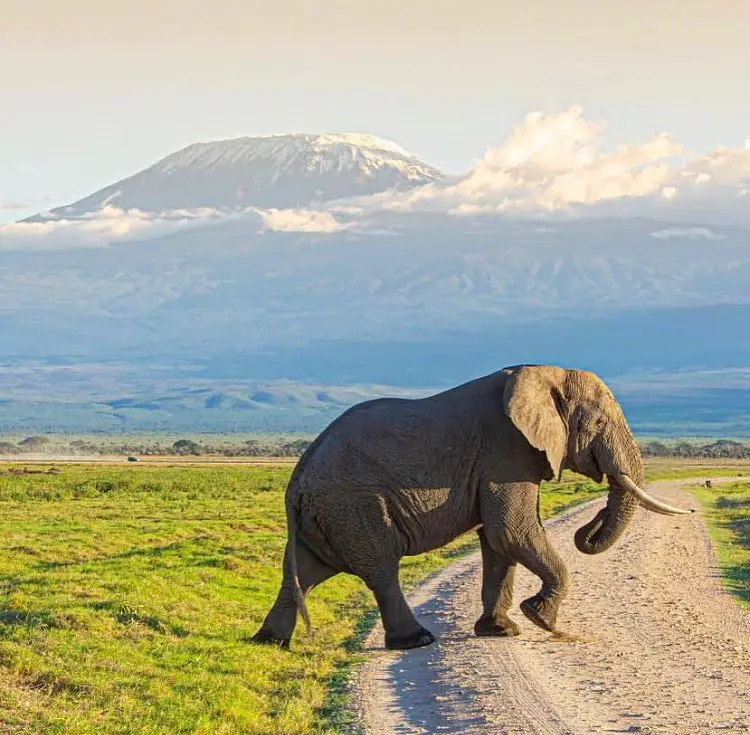They are a country’s pride, they rule the jungle by their standards but they are also among the world’s most endangered species; they are Africa’s Bush Elephants.
On August 12, the world will celebrate, dedicate, preserve and protect elephants globally. This is a special day in the history of Africa where elephants are a symbol of rich tourism heritage.
The World Elephant Day was birthed by Canadian filmmakers; Patricia Sims and Michael Clark in 2012. Hitherto, it is supported by more than 65 wildlife organizations and other stakeholders in the conservation sector.
This auspicious day is used to create awareness about the protection of Asian and African elephants which have been dwindling in numbers over the last two decades due to poaching and human-wildlife conflict.
It also gives a platform to share solutions to better care for elephants which are a threatened species. There an estimated 415,000 elephants in the African continent according to World Wide Fund for Nature (WWF).
In Kenya, there were an estimated 35,000 elephants by 2018. This was a steady increase from 16,000 in 1989. At some point though, poaching proved to be an eyesore for Kenya but was handled head-on by wildlife agency, Kenya Wildlife Services (KWS). Communities living near parks and game reserves have also taken up a central role in the protection of these jumbos.
Unknown to many though, elephants which take pride in being the largest land mammals are famed for their intelligence and family-oriented nature. For them, emotions are a thing, just like in human beings.
Male African elephants have a lifespan of 35-40 years while wild elephants love between 60-70 years. They can weight upto six tonnes and measure 3 metres in length. At birth, they weigh 120kg and stand within 20 minutes of birth. African Bush Elephants are larger than Asian elephants. A trunk of an Asian elephant has two “fingers” at the tip of their trunks while African Bush Elephant’s trunk has just one “finger”.
Their trunks are the most sensitive parts of their bodies and have heave muscle, around 150,000 muscle units. The tusks which are a soft spot for poachers are a great feeding tool for elephants. They use them to dig up roots and taking off tree barks. When push comes to shove, they use them for defence. Although they have a tough skin, it is prone to attack by pests. As a self-protecting mechanism, they roll in polls of mud or spray dust on their bodies to keep off pests. This also helps them cool their bodies. In a day, an elephant feeds on more than 150kg of food which is why it spends three-quarters of the day eating.
They communicate through body language, touch and scent. Sometimes, they employ the use of seismic signals which creates vibrations in the ground. The most intriguing characteristic of an elephant is that it never forgets. Its temporal lobe, a part of the brain associated with memory is larger than that of a human being which makes it keep as much memory as it lives.
Read more:
Botswana’s Chobe National Park Beauty Is Charmingly Inviting








